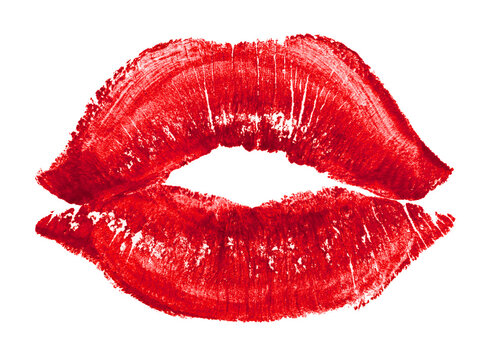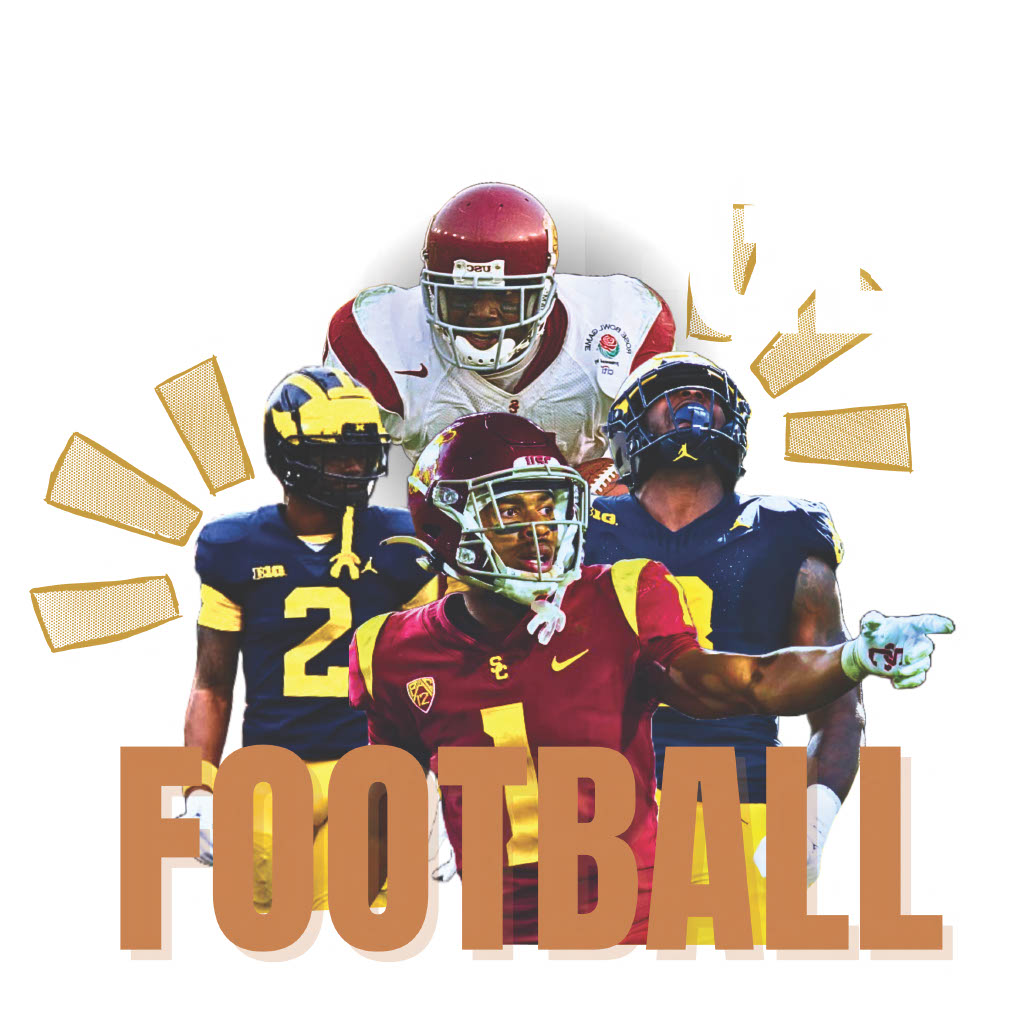Beauty is Pain: the Reality of Animal Testing
Cosmetics testing isn’t where rabbits get cute makeovers- in reality it’s ugly.
April 4, 2023
Let’s say you’re shopping at Target and find a bottle of lotion; do you stop and search the label for a rabbit symbol? Maybe you’re more focused on the ingredients, or the price tag, but that little symbol, the Leaping Bunny Logo, indicates whether or not the production of that lotion used methods of animal testing.
“Each year, more than 110 million animals—including mice, rats, frogs, dogs, cats, rabbits, hamsters, guinea pigs, monkeys, fish, and birds—are killed in U.S. laboratories for biology lessons, medical training, curiosity-driven experimentation, and chemical, drug, food, and cosmetics testing,” according to PETA (People for the Ethical Treatment of Animals).
Animal testing, by definition, is the experimentation of biological reactions on an animal. Rabbits are one of the most common animals that are used for animal testing, for cosmetics especially. The rabbits are locked into restraints while they get injected with various substances; their eyes blinded, skin burned.
Dogs, man’s best friends, are still used for testing products such as weed killer and rat poison. The testing of drugs, pesticides, and other substances can be force-fed to dogs, causing immense pain and death. Some dogs are bred with illness solely for the purpose of experimentation and at the end of their misery, euthanization.
The Animal Welfare Act of 1966 regulates animal testing, but does not ban it entirely. As of December 2022, nine states in the United States passed laws banning cosmetics animal testing, but there is a long road ahead to protect animals from the dangers of cosmetic and medicinal testing.
As technology advances, the demand for animal testing diminishes while other methods are created. The vitro method consists of human cells and tissue experimenting. Another form of predicting reactions is the silico method, which uses a computer to virtualize biological reactions with compounds through a screen. The use of animals for medicinal use is complex, but another safety measure that can be used to test procedures is the usage of human volunteers.
Cruelty free is the movement of brands selling products that were developed without the harming or killing of animals. Additionally, products that use natural, organic ingredients do not require animal testing, because there are many human-safe ingredients that don’t require any safety tests, compared to chemical ingredients.
There’s a saying “beauty is pain”, but at whose cost? Benefit Cosmetics, L’Oreal, and Sephora Cosmetics are just a few examples of makeup brands that are not cruelty free. Before buying a product, anywhere between mascara to glass cleaner, do a bit of research on its origins or check to see if there is a Leaping Bunny Logo.
For more information on animal testing, visit https://www.peta.org/


































